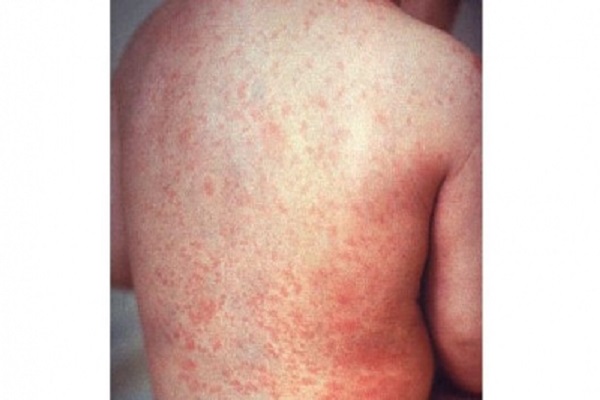All You Need to Know About Measles Rash

The Growing Concern of Measles Rash
Measles is a highly contagious viral infection that can lead to serious health complications. The measles rash is one of the most recognizable signs of the illness, appearing typically a few days after the initial symptoms of fever, cough, and runny nose. As outbreaks continue to emerge globally, understanding the implications of measles and its characteristic rash is essential for public health.
What is Measles Rash?
The measles rash usually starts at the hairline and spreads downwards across the face and body. Initially, it may appear as flat red spots that often merge together, resulting in large areas of redness. The rash typically lasts for 5 to 6 days before fading. The presence of this rash, alongside other symptoms like conjunctivitis and Koplik spots (tiny white spots inside the mouth), signifies an active infection with the measles virus.
Recent Outbreaks and Vaccination Importance
According to the World Health Organization (WHO), measles cases have surged in several regions due to decreased vaccination rates. For example, in 2022, there was a reported increase of 50% in global measles cases since the previous year, pointing to the urgent need for increased immunisation efforts. The MMR vaccine (measles, mumps, and rubella) is safe and effective, providing vital protection against these diseases. The current recommendation is that children receive their first dose of the MMR vaccine at age one and a second dose between ages four and six.
Conclusion: The Significance of Awareness
As awareness of the measles rash and its implications grows, parents and caregivers are reminded of the importance of vaccinations not only to protect their children but also to shield vulnerable populations. Community immunity is key to preventing outbreaks, making it essential for local health departments to emphasize vaccination campaigns. By prioritising immunisation, society can move closer to eradicating preventable diseases like measles and ensuring the health of future generations.









